No products in the cart.
| Scientific name | Adonidia merrillii |
| Common name | Manila Palm |
| Temperature requirement | 25-35 °C |
| Humidity | 40-50% |
| Light | Full sun |
| Watering | water everyday &keep moist |
| Pests | mealybugs and whiteflies |
| Pet friendliness | Not hazardous |
| Maximum plant height | 6-8 m |
| Potting mix | Potting soil/Red soil/manure/perlite |
| Pot requirement | Good drainage&repot every 1-2 years |
| Nutrition | Apply Manure for first 15 days and NPK for next 15 days |
| Pruning&training | Remove dead & diseased leaves with sterile shears |
| Flower colour&season | |
| Description | The Manila palm (Adonidia merrillii) is a tropical favorite. This palm bears a glossy fruit, called drupes, produced after the plant’s creamy white summer blooms fade. The fruit turns a bright, cheery red making the landscape look good.The Manila palm grows to 5 or 6 feet and levels off to a slower growth that reaches its final mature height of 25 feet.The Manila palm grows best in full sun or partial shade. Full sun, six to eight hours a day, is ideal for fruit production.Clay, loam, and sand are all suitable soils for the Manila palm. The tree needs good drainage to thrive and will not tolerate standing water. The Manila palm prefers neutral to alkaline soil, but you should test pH before planting.Watering the Manila palm is essential if you live in a dry area. While it is drought-tolerant for short periods, you will notice a deficiency in growth and flowering if the tree receives inadequate moisture. Supplemental watering of 1 inch is optional; in dry areas, this should be increased to 2 inches of water. A 3 inch mulching at the palm’s base will help retain moisture.The Manila palm tends to suffer from boron deficiency. It does well in soil with low nutritional content, but you can compensate for the lack by using a fertilizer specially formulated for palms.Manila palms are self cleaning, meaning the frond falls off once it dies and doesn’t need to be pruned. However, cutting away dead, rotting, or fallen fruits is good practice. Neglecting this can lead to unpleasant aromas, insects, and pathogens. For aesthetic purposes, you can minimize the tree’s fruiting by cutting off some of the flowering stems carefully with a pole pruner.This plant is propagated by seeds |
Additional information
| Choose Height | 180cm-200cm, 200cm-250cm |
|---|


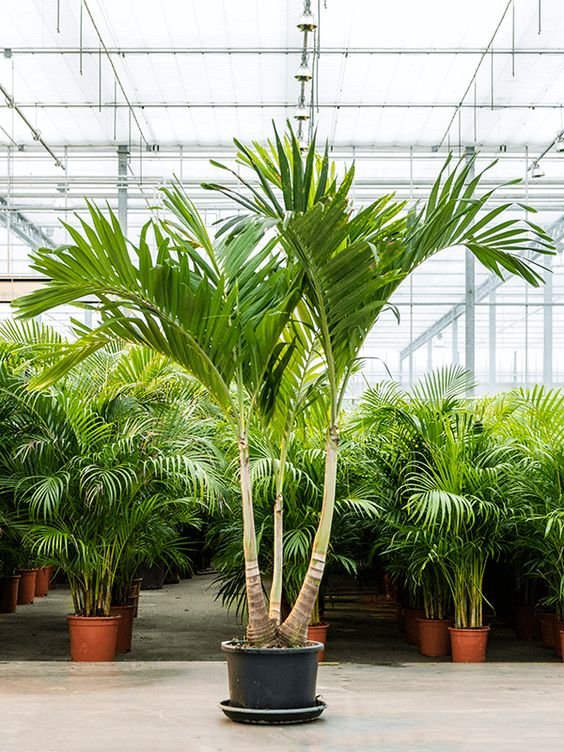



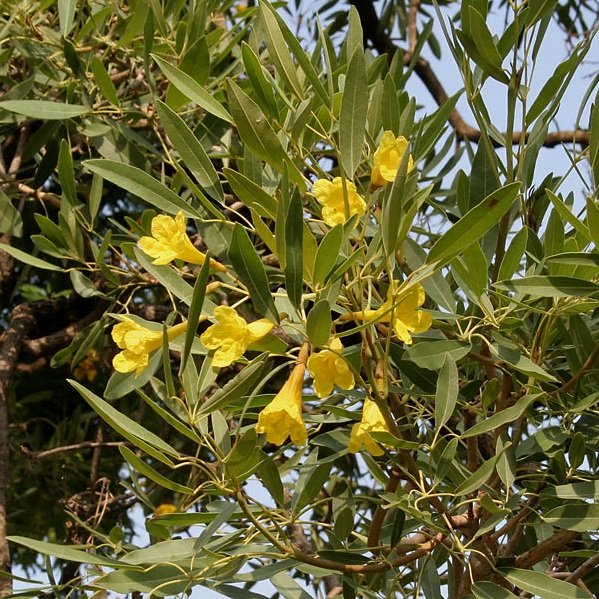

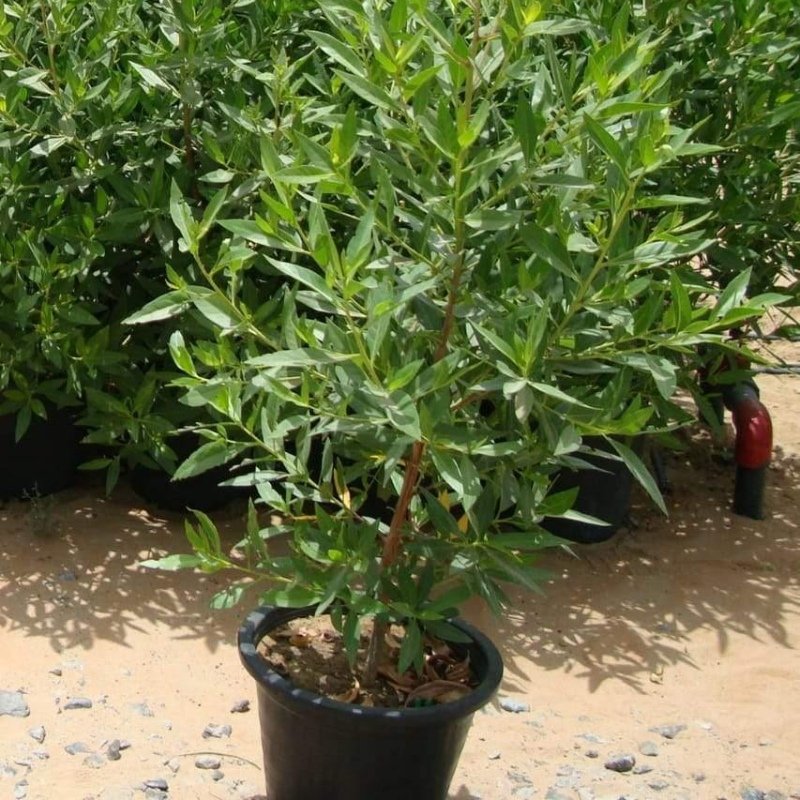








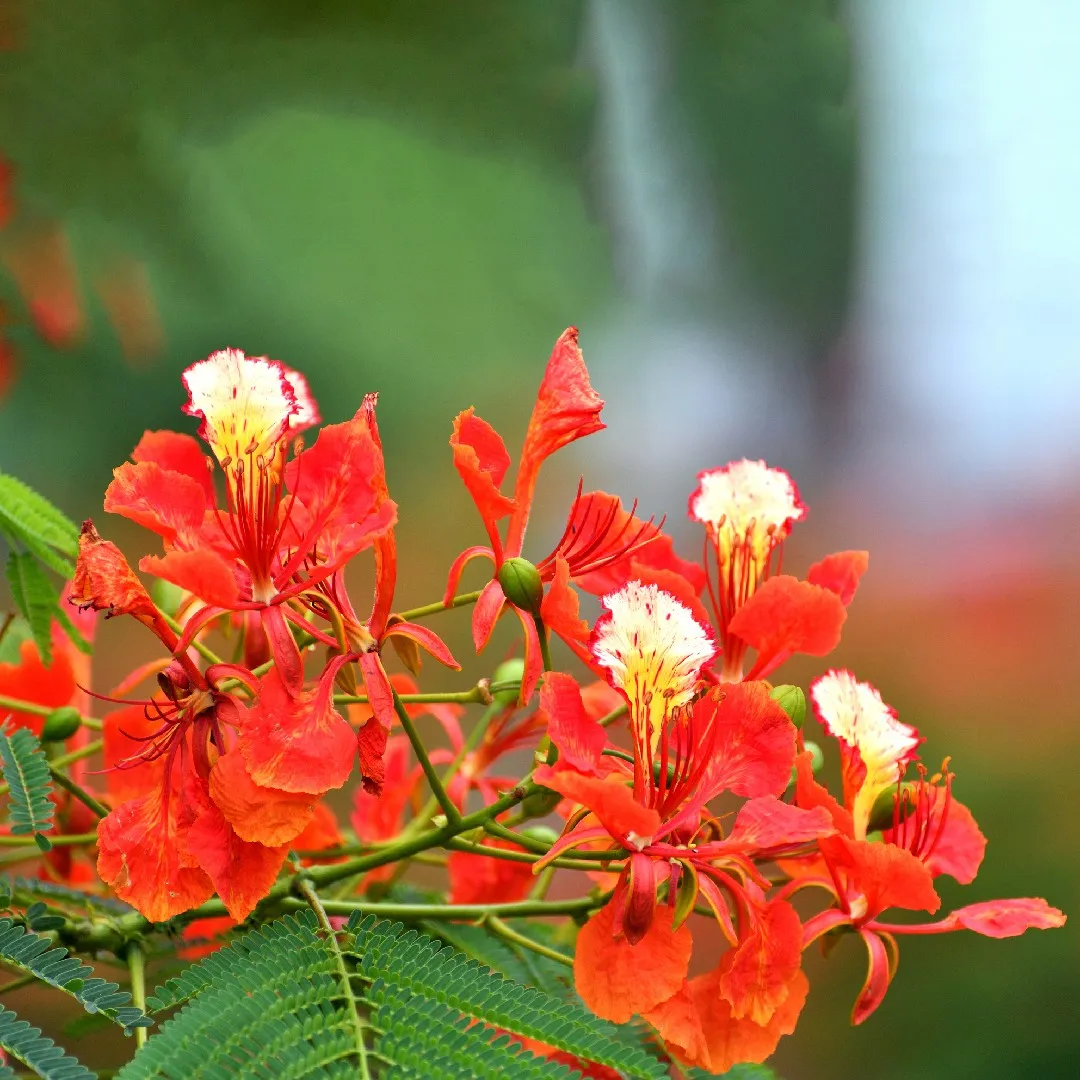

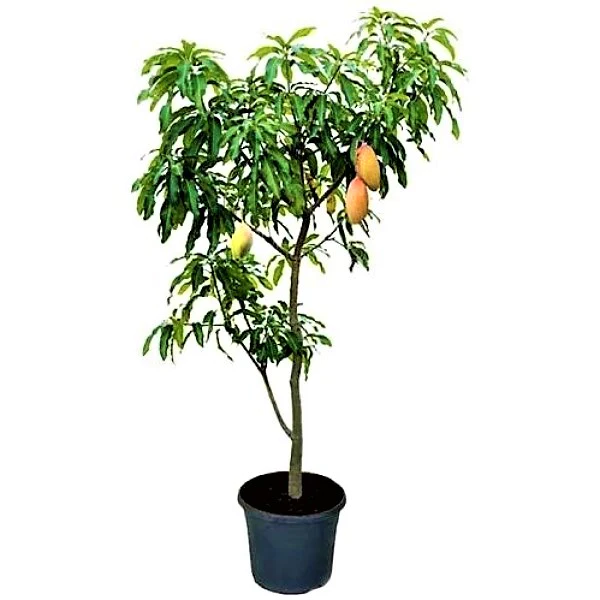





Reviews
There are no reviews yet.